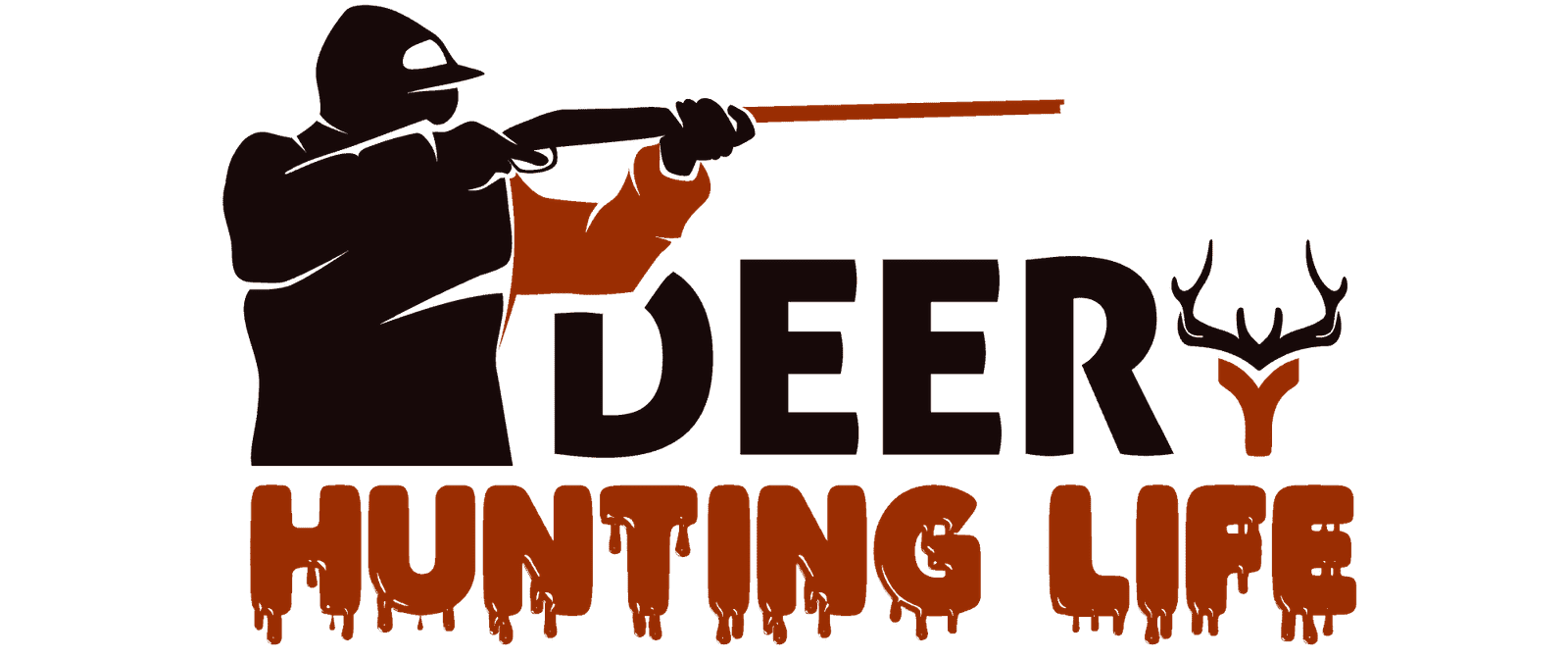It’s crucial to develop your ability to determine an animal’s age by looking at it. The majority of gamekeepers believe that the age of the animal, not the size of its antlers, should be taken into consideration when making harvest decisions. One of the factors we consider when determining age is the size of the antlers, but it is only one of several, including body size and shape, muscular tone, the presence of particular traits, etc.
How to tell the age of a deer by antlers? The side profile of antlers can provide a better indication of age. As a deer ages, the top points can be as long as the brow, bez and trez points. This gives a side profile resembling a rectangular shape.
How to tell the age of a deer by antlers
The ability to identify a deer’s age when hunting is crucial for managing deer numbers. Follow these tips to be able to tell the deer age by its antlers.
1. Take a look at how long its antlers are.
View the deer from the side and note how far its antlers extend in front of its face. The antlers of an older buck will protrude nearly as far as the deer’s nose. The antlers of adult deer often stick out in front of their faces by at least 20 inches (50.8 cm). There is a significant possibility that the buck is a younger one if the antlers do not extend very far in front of the deer’s face.
2. Examine the antler spread.
Try to gauge how far apart the buck’s antlers are by looking at him directly. For bucks younger than 2.5 years old, antlers nearly never measure more than 14 inches (35.56 cm) apart. Antler diameters typically reach heights of over 15 inches once the buck reaches the age of 3.5 years or more (38.1 cm).
As a general rule, think of the buck without its headgear. Decisions can be biasedly influenced by antlers in one direction or the other. A deer’s body weight changes with age in ways that make age determination simpler.
Aging a deer by antlers is not easy for new hunters because deer replace their antlers every year. Of course, if you wanted to, you could cut through them and count the annual rings; good luck with that, though it would at least keep you occupied for a while.
Can you tell how old a deer is by the antlers
Yes, you can tell the deer age by looking at its antlers. Look at the buck straight on and try to estimate the distance in between both of his antlers. That’s how you will be able to tell how old the buck is.
How old is a 8 point buck?
Nearly all bucks with superior genetics and adequate nutrition have eight or more points when 2 years old. Even at maturity, mature bucks with poor antler genetics may never develop more than seven points.
How old is a 4 point deer?
Dr. Kroll stated emphatically that in a properly managed herd, a whitetail buck is physiologically mature at 4 1/2 years of age. Although there are always exceptions to this rule, on average, a buck will have 90% of his lifetime antler growth at age 4 and a half.
Does antler size indicate age?
Antler size is one of the details we use to help determine age. If you can determine a buck’s age by examining it in a photo or by sight, you can create a management strategy that is more successful.
How old is a spike buck?
A spike buck is a male deer that is about two years old and has unbranched antlers on both sides of his head. Antlers with only one point are referred to as unbranched antlers since there are no minor points that branch off from the main antler.
How old is a forked horn deer?
This buck is what is referred to as a “forked horn,” and is probably one and one-half years old. As the deer matures, its antlers normally increase in size year after year, gaining one or two tines. A buck’s antlers often don’t develop to their full potential until he is between 5 and 7 years old.
How old are big bucks?
A whitetail buck is considered mature at 3½ to 4½ years and in its prime up to 8½ years of age. Most bucks don’t live past 31 and a half years on average. Mortality is affected by hunting, predation, accidents, poor habitat quality, and disease.
What is the best way to age a deer?
The most accurate method to age deer is called the cementum annuli technique. This is where you use a pocket knife to cut off the bottom two front teeth, known as the incisors, and send them to a lab to count the growth rings just like you would on a tree.

